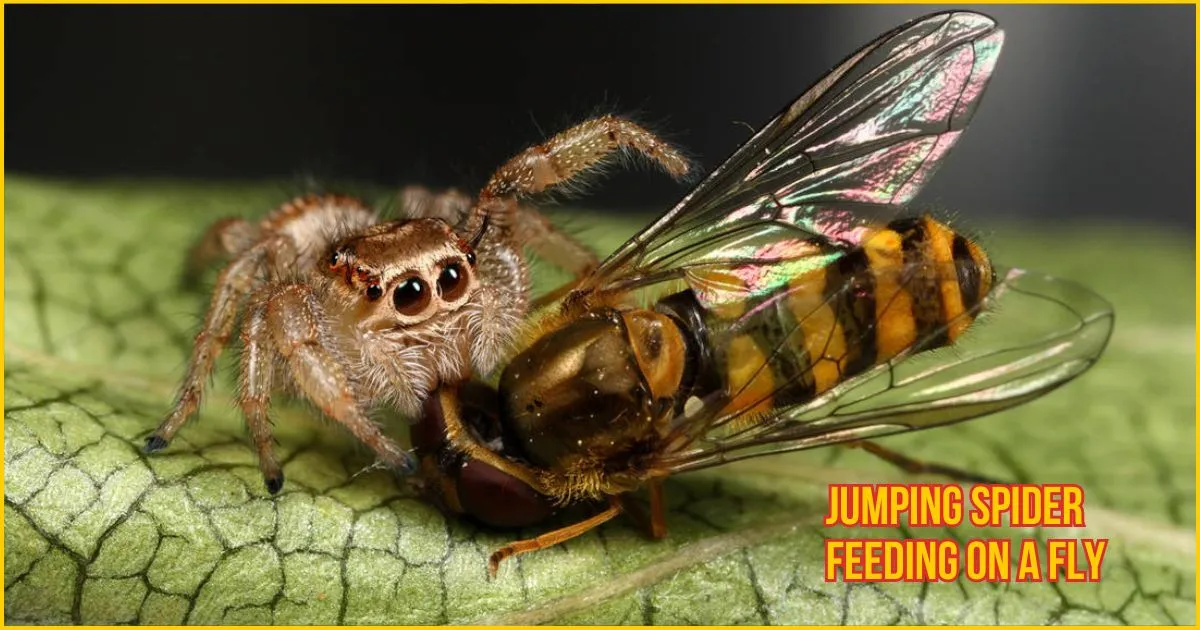Hey there, fellow arachnid enthusiasts! Are you ready to embark on a culinary adventure with your eight-legged friend? And want to know everything about what are the best food for pet jumping spiders? Feeding your pet jumping spider isn’t just about nourishment—it’s about tapping into their natural instincts and watching them thrive. In this blog post, we’ll dive into the fascinating world of jumping spider cuisine, exploring the best foods to keep your little predator happy, healthy, and always ready for their next acrobatic feat. So, let’s jump right in and discover how to turn mealtime into an exciting spectacle that will have your tiny hunter doing backflips with joy!
Table of Contents
- Food For Pet Jumping Spiders
- Fruit Flies
- Crickets
- Mealworms
- Waxworms
- Flightless Flies
- Aphids
- Small Moths
- Springtails
- Roach Nymphs
- Isopods
- Frequently Asked Question (FAQs)
Food For Pet Jumping Spiders
Jumping spiders are natural-born hunters, equipped with exceptional eyesight and lightning-fast reflexes. In the wild, these tiny acrobats feast on a variety of small insects and arthropods. As pet owners, our goal is to replicate this diverse diet in captivity. Let’s explore 10 mouth-watering (for spiders, that is!) options to consider:
Fruit Flies
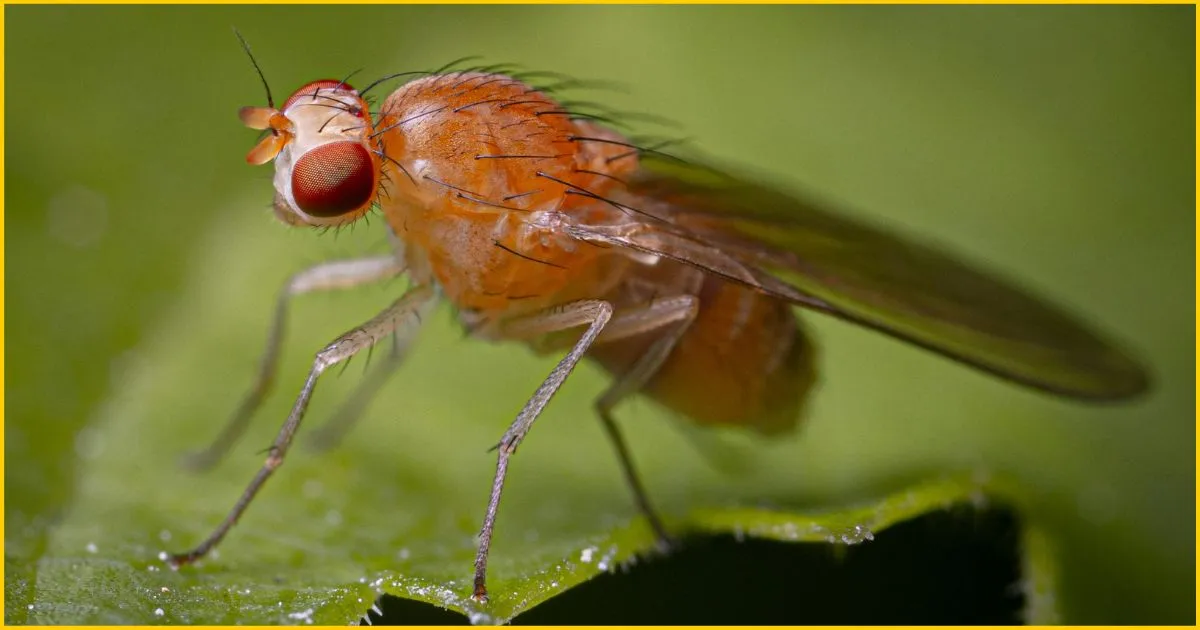
The perfect starter meal Fruit flies are an excellent choice for young or small jumping spiders. They’re easy to cultivate at home and provide a good nutritional balance. Plus, watching your spider chase these zippy little flies is endlessly entertaining!
| TYPES | BEST FOR | WHERE TO FIND/BUY |
|---|---|---|
| 1) Drosophila melanogaster (common fruit fly) 2) Drosophila hydei (larger fruit fly) | Small to medium-sized jumping spiders | 1) Pet stores specializing in reptile supplies 2) Online insect suppliers 3) DIY cultures using overripe fruit and commercially available starter kits |
Crickets
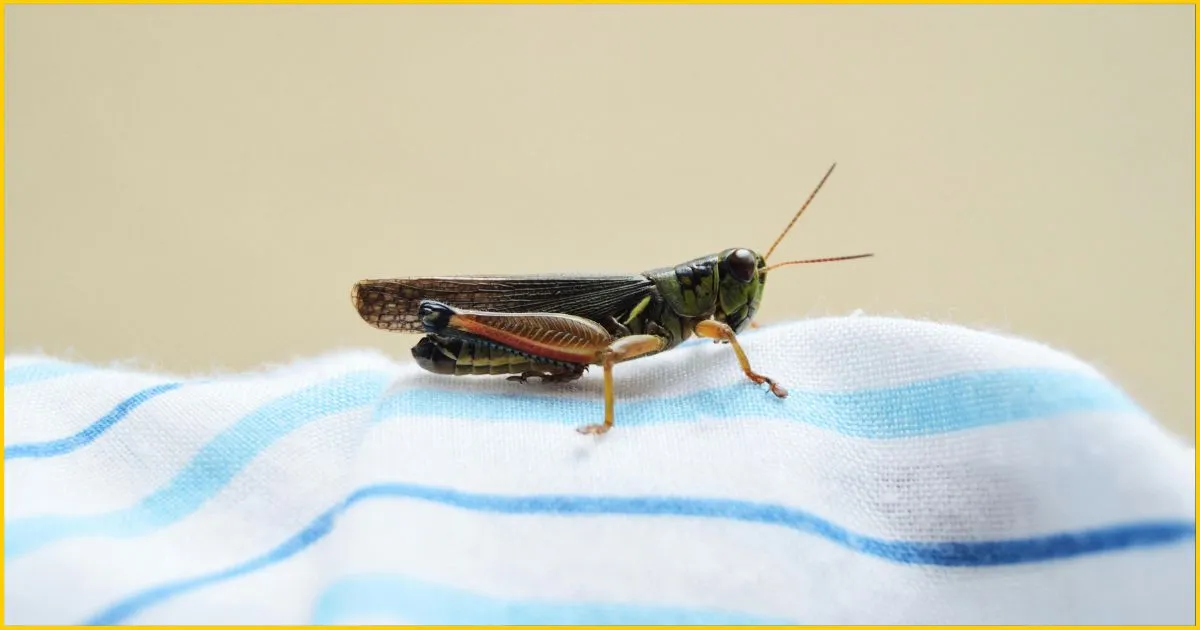
| TYPES | BEST FOR | WHERE TO FIND/BUY |
|---|---|---|
| 1) Acheta domesticus (house cricket) 2) Gryllodes sigillatus (banded cricket) 3) Gryllus assimilis (field cricket) | Medium to large jumping spiders | 1) Local pet stores 2) Bait shops 3) Online cricket suppliers 4) DIY breeding setups |
Mealworms
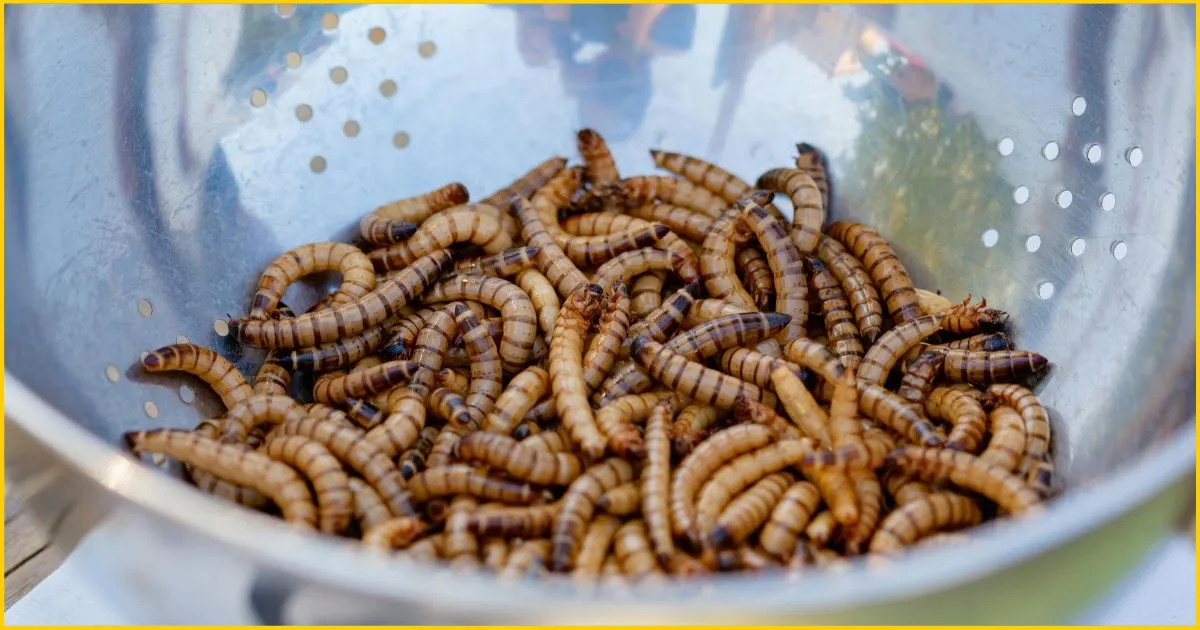
Protein-Packed Treats Mealworms are high in protein and can be a great occasional treat. However, their hard exoskeletons can be difficult for smaller spiders to digest, so use them sparingly.
Mealworms can be dangerous to jumping spiders if they are too big because of their strong jaws. Also, if mealworms stay in an enclosure too long, they will turn into beetles, which is not something you want in a spider’s cage
| TYPES | BEST FOR | WHERE TO FIND/BUY |
|---|---|---|
| 1) Tenebrio molitor (yellow mealworm) 2) Zophobas morio (superworm) | Large jumping spiders (use sparingly due to hard exoskeletons) | 1) Local pet stores 2) Fishing bait shops 3) Online insect suppliers 4) DIY cultures using oatmeal or wheat bran |
Waxworms
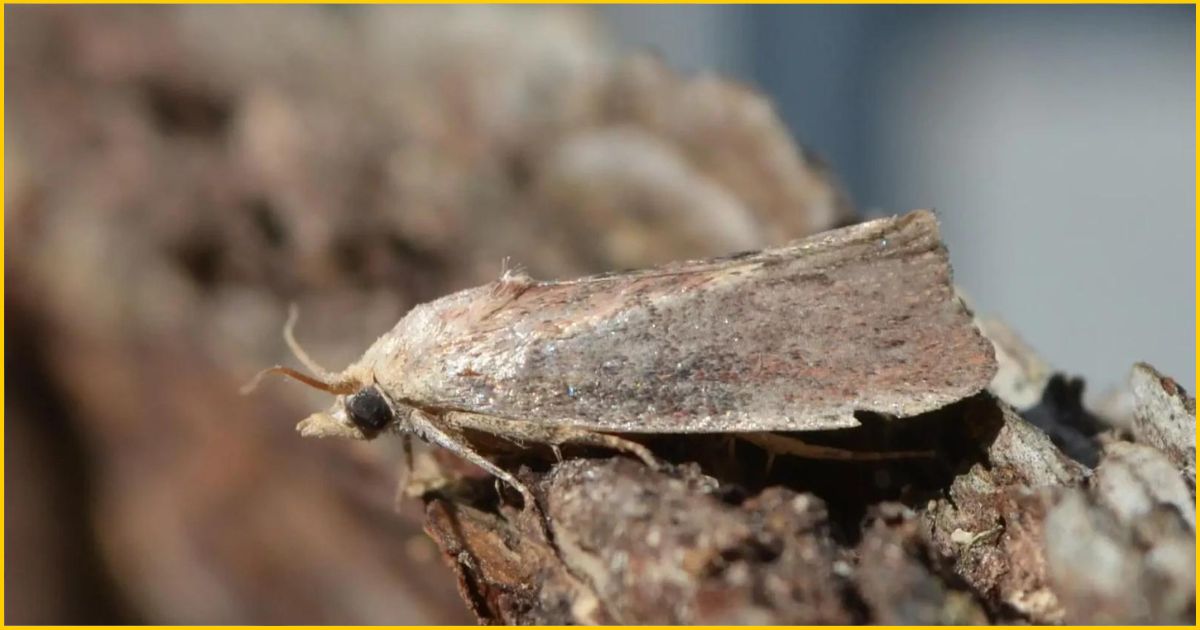
High-energy snacks these soft-bodied larvae are rich in fat, making them an excellent choice for spiders that need to bulk up. They’re particularly useful for gravid females or spiders recovering from illness. Due to the size, you can only offer them to sub-adult spiders and adult jumping spiders.
| TYPES | BEST FOR | WHERE TO FIND/BUY |
|---|---|---|
| 1) Galleria mellonella (greater wax moth larvae) 2) Achroia grisella (lesser wax moth larvae) | Subadult and adult spiders, especially for fattening up spiders | 1) Pet stores specializing in reptile food 2) Bait shops 3) Online insect suppliers |
Flightless Flies
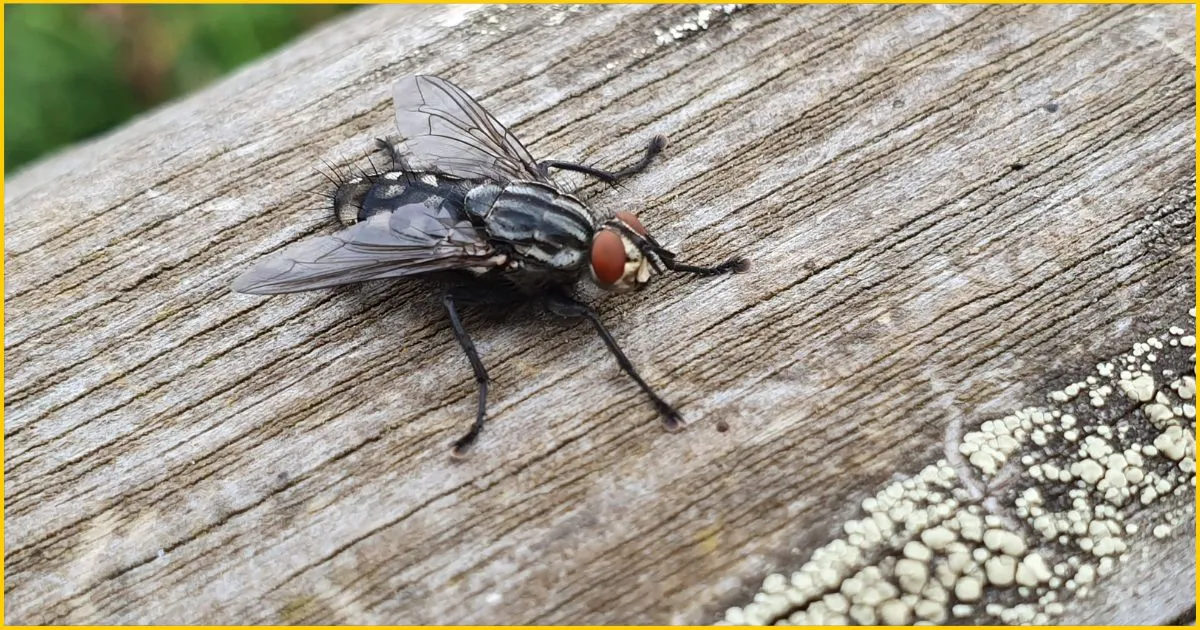
For the discerning spider, flightless fruit flies or house flies can provide a more challenging hunt for your spider while still being manageable prey. They’re especially good for encouraging natural hunting behaviors.
| TYPES | BEST FOR | WHERE TO FIND/BUY |
|---|---|---|
| 1) Flightless fruit flies (various species) 2) Flightless house flies (Musca domestica) | Small to medium-sized jumping spiders | 1) Specialty pet stores 2) Online insect suppliers |
Aphids
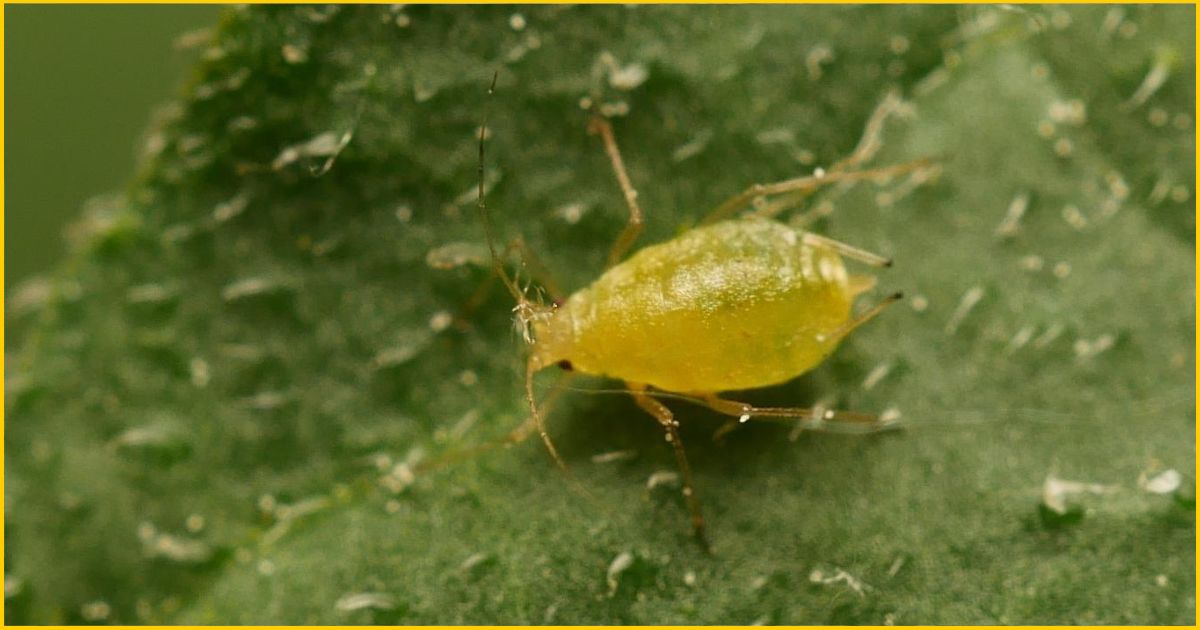
Garden-fresh delicacies if you have a garden, aphids can be a great natural food source. They’re small, soft-bodied, and packed with nutrients. Just be sure they haven’t been exposed to pesticides.
| TYPES | BEST FOR | WHERE TO FIND/BUY |
|---|---|---|
| Various species (green peach aphid, black bean aphid, etc.) | Very small jumping spiders | 1) Garden centers (on plants) 2) DIY cultures on host plants 3) Online insect suppliers (less common) |
Small Moths
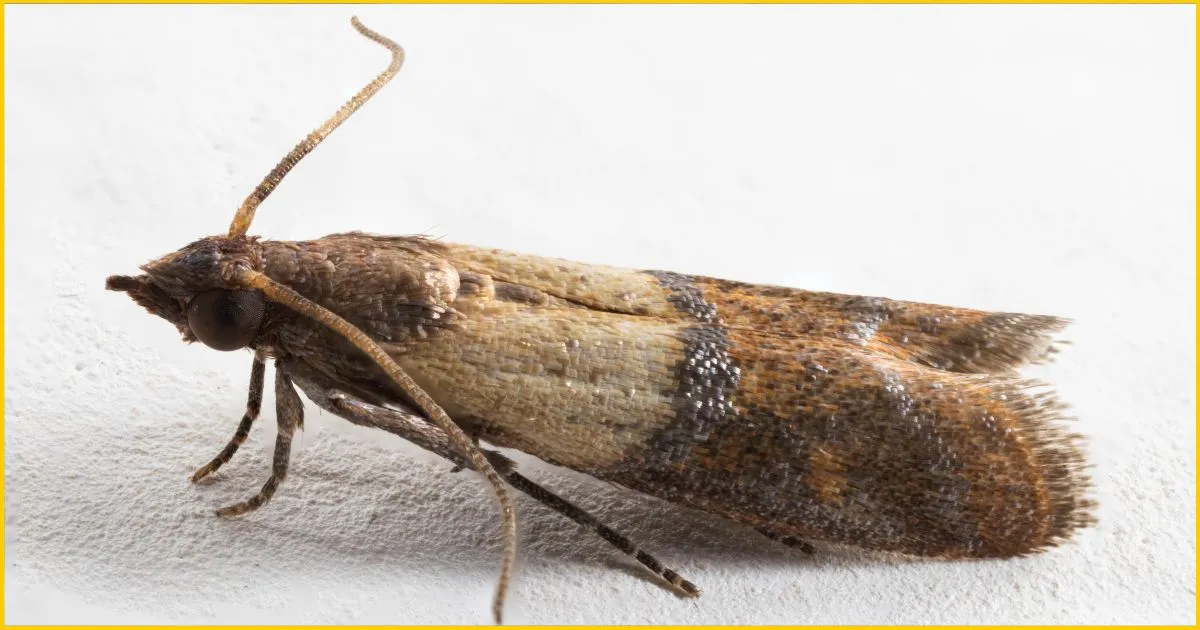
A fluttering feast moth can be a fun and nutritious treat for larger jumping spiders. Their erratic flight patterns provide excellent hunting stimulation.
| TYPES | BEST FOR | WHERE TO FIND/BUY |
|---|---|---|
| 1) Plodia interpunctella (Indian meal moth) 2) Ephestia kuehniella (Mediterranean flour moth) | Medium to large jumping spiders | 1) DIY cultures using grains or bird seed 2) Online insect suppliers (usually sold as larvae) 3) Pheromone traps for wild moths (ensure they’re pesticide-free) |
Springtails
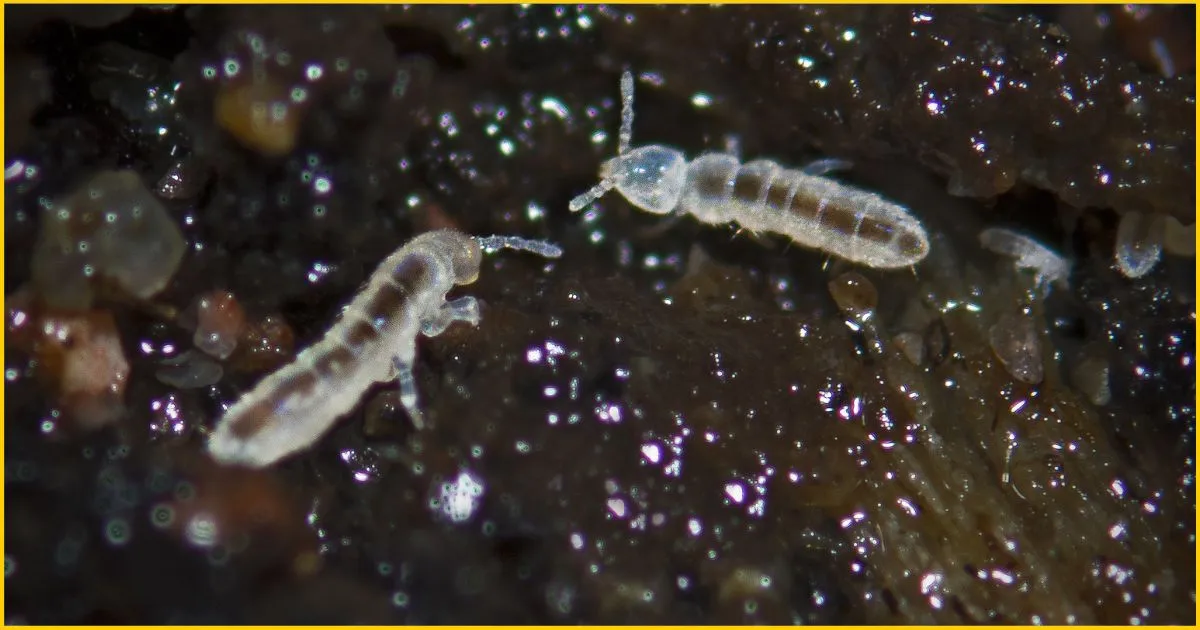
Tiny but nutritious, these minuscule arthropods are perfect for very small jumping spiders or as a supplementary food source. They’re easy to culture and can even help keep your spider’s enclosure clean! They eat decaying matter like spider leftovers, poop, and mold.
| TYPES | BEST FOR | WHERE TO FIND/BUY |
|---|---|---|
| 1) Folsomia candida (white springtail) 2) Sinella curviseta (tropical springtail) | Very small jumping spiders or as a supplementary food | 1) Online insect suppliers 2) DIY cultures using charcoal and yeast 3) Sometimes found in potted plants or leaf litter |
Roach Nymphs
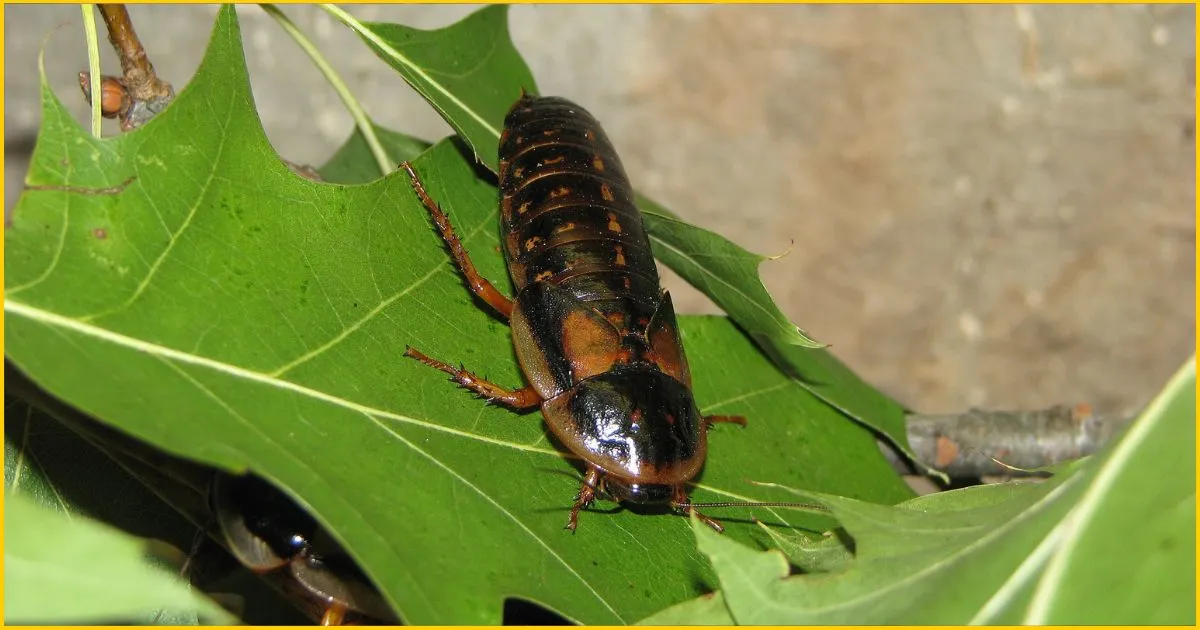
Small roach nymphs can be an excellent food source for larger jumping spider species. They’re nutritious and provide a good challenge. Roaches are less likely to hurt spiders if left in an enclosure. However, they can disturb and stress the spider that is going into the molt.
| TYPES | BEST FOR | WHERE TO FIND/BUY |
|---|---|---|
| 1) Blaptica dubia (dubia roach) 2) Shelfordella lateralis (red runner roach) | Large jumping spiders | 1) Specialty pet stores 2) Online insect suppliers 3) DIY breeding colonies |
Isopods
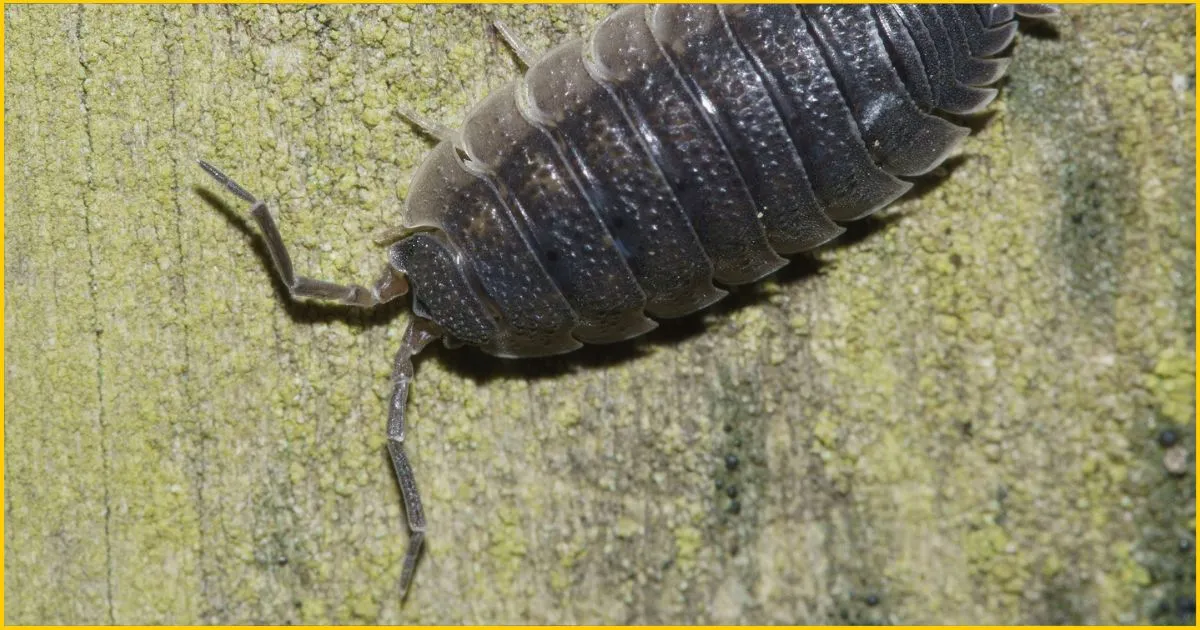
A crunchy surprise slso known as pill bugs or rolly-pollies or woodlice, small isopods can be a novel food item for your spider. They’re rich in calcium and can add variety to your spider’s diet.
| TYPES | BEST FOR | WHERE TO FIND/BUY |
|---|---|---|
| 1) Porcellio scaber (common rough woodlouse) 2) Armadillidium vulgare (pill bug) | Medium to large jumping spiders (as occasional treats) | 1) Garden centers (in potted plants or soil) 2) Online isopod suppliers 3) DIY cultures using leaf litter and vegetable scraps |
Now, let’s address some burning questions about feeding your pet jumping spider:
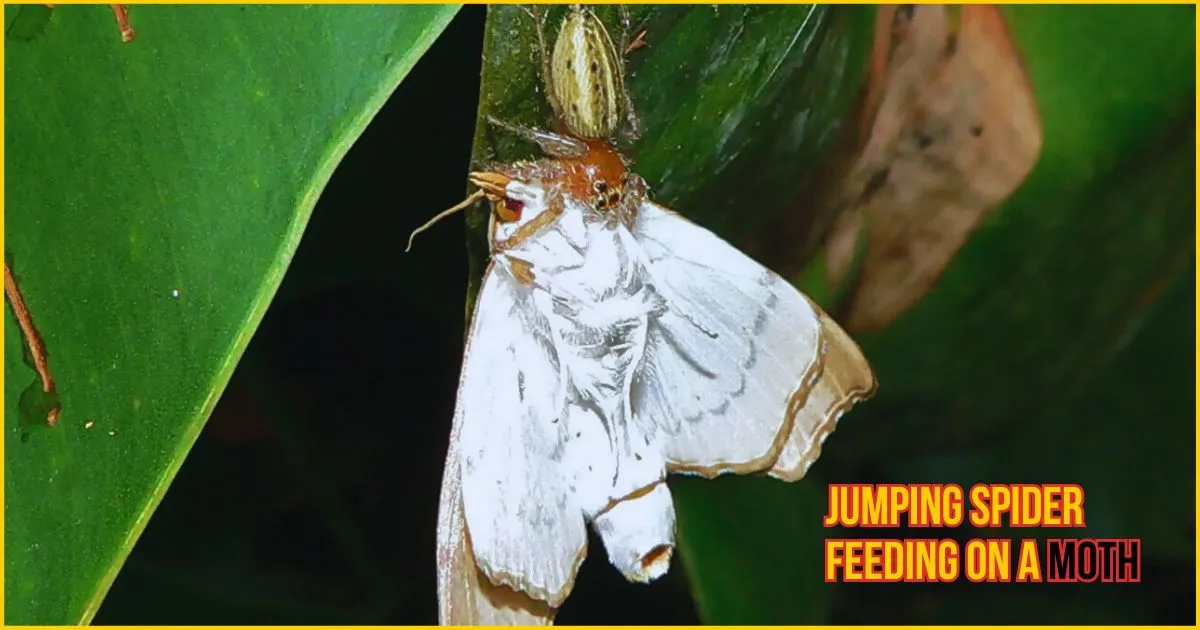
Frequently Asked Question (FAQs)
Q1: How often should I feed my jumping spider?
A: Young spiders should be fed every 2-3 days, while adults can be fed twice a week. Always remove uneaten prey after 24 hours to prevent stress or potential harm to your spider. Keep in mind that individual needs may vary based on species, size, and activity level.
Q2: Can I feed my jumping spider dead insects?
A: While it’s possible, it’s not ideal. Jumping spiders are stimulated by movement, so live prey encourages natural hunting behaviors and provides mental stimulation. If you must use dead prey, try wiggling it with tweezers to mimic live movement.
Q3: Do I need to dust the prey with supplements?
A: Generally, a varied diet provides all necessary nutrients. However, occasional dusting with calcium powder can be beneficial, especially for growing spiders or egg-laying females. Use supplements sparingly and consult with an exotic pet veterinarian for specific recommendations.
Q4: Can jumping spiders eat fruits or vegetables?
A: Nope! These little hunters are strictly carnivorous. Stick to insect prey for a happy, healthy spider. However, you might occasionally see your spider drinking from fruit or nectar in the wild, but this shouldn’t be a staple in their captive diet.
Q5: How big should the prey items be?
A: A good rule of thumb is to offer prey no larger than the spider’s body length. This ensures they can safely capture and consume their meal. For very small spiders, you might even want to go smaller, around 1/3 to 1/2 their body length.
Conclusion
Feeding your pet jumping spider is more than just a daily chore—it’s an opportunity to witness the incredible hunting prowess of these fascinating creatures. By providing a varied diet of live prey, you’re not only ensuring your spider’s health but also enriching their life in captivity. Each feeding session is a chance to bond with your tiny predator and marvel at the wonders of nature.
Remember, every jumping spider is unique, and what works for one may not work for another. Pay attention to your spider’s preferences and behaviors, and don’t be afraid to experiment with different prey items (within reason, of course). Your attentiveness and care will be rewarded with a happy, healthy spider that delights you with its acrobatic hunts and curious personality.
So, next time you’re preparing your spider’s meal, take a moment to appreciate the intricate dance of predator and prey. Your little jumping friend will thank you with acrobatic displays and a long, healthy life. Happy feeding, spider enthusiasts, and may your eight-legged friends always have a full belly and a spring in their step!
